
Post by : Avinab Raana
Photo : X / CNBC International
A Heated Debate Takes Center Stage
The stage at the International Motor Show Germany (IAA) this year was not dominated by shiny new models alone. Instead, the spotlight shifted to a fiery debate surrounding the European Union’s carbon emission regulations and the looming 2035 ban on internal combustion engine (ICE) vehicles. Automotive titans, policymakers, and sustainability advocates all clashed in a narrative that reflects the uncertainty, ambition, and challenges facing the industry’s green transition.
The 2035 Deadline and Its Weight
At the heart of the clash lies the EU’s decision to phase out ICE-powered vehicles entirely by 2035. While hailed as a landmark step toward climate neutrality, this target has left many automakers scrambling to balance ambition with feasibility. Some see the deadline as a rallying point for innovation, while others warn it risks jeopardizing competitiveness, consumer choice, and even jobs across Europe.
Automakers Divided in Vision
Carmakers find themselves on opposing sides of the debate. On one end, companies pushing forward with full electrification argue that delaying the inevitable would mean ceding technological leadership to global competitors. On the other, legacy manufacturers rooted in combustion technology emphasize the continued relevance of hybrids, synthetic fuels, and gradual transition pathways. The divide showcases just how uneven the EV revolution remains, even among the industry’s biggest names.
Consumer Affordability as a Flashpoint
Affordability surfaced as one of the most pressing concerns in the debate. While premium automakers have made headway in producing sleek, high-end EVs, questions remain about whether mass-market consumers can keep up. Without significant policy support or advances in cost reduction, the fear is that Europe risks creating a mobility divide where electrification is accessible only to the wealthy.
Infrastructure: The Silent Obstacle
Beyond the cars themselves, the discussion quickly turned to charging infrastructure. Industry leaders pointed out that without a robust, Europe-wide charging network, the dream of a fully electric future remains half-built. Patchy charging stations, long charging times, and uneven grid readiness make the 2035 goal look daunting. Automakers stressed that governments and private players must work in tandem to deliver the backbone of the EV revolution.
Carbon Neutrality vs. Industrial Reality
The EU’s climate ambitions are undeniably bold, but industry insiders worry about the gap between ambition and industrial reality. Achieving carbon neutrality requires not just electrification, but also sustainable supply chains, ethical battery sourcing, and renewable energy integration. Critics argue that regulations are racing ahead of infrastructure, creating a mismatch that could strain Europe’s auto sector.
Synthetic Fuels Enter the Debate
A surprising twist in the IAA discussions came with the renewed focus on synthetic fuels. Advocates argue that these carbon-neutral alternatives could keep combustion engines alive while still meeting climate targets. While the technology holds promise, detractors question scalability, costs, and whether investment in synthetic fuels could slow down the broader adoption of electric vehicles.
Global Competition Looms Large
The debate was not just about Europe. Executives reminded audiences that global rivals, particularly from Asia and North America, are racing ahead with their EV strategies. China, in particular, has become a powerhouse in battery production and affordable EVs, putting pressure on European brands to catch up or risk being left behind. The EU’s regulatory environment, while progressive, could inadvertently push some manufacturers to relocate production outside Europe.
Employment and Industry Anxiety
One of the sharpest points raised concerned the impact on jobs. Traditional engine manufacturing employs hundreds of thousands across Europe, and the shift to electric requires a different skillset and fewer moving parts. Labor unions expressed concerns about mass layoffs if transition policies fail to include worker reskilling and industrial adaptation strategies. The social costs of a hasty transition weighed heavily on the debate.
Policymakers Defend the Ban
EU representatives at the event stood firm, emphasizing that the climate crisis leaves little room for compromise. They insisted that industry must align with planetary needs, not the other way around. For policymakers, the 2035 ban serves as a clear signal to investors, innovators, and markets that the future is electric, and Europe intends to lead it.
Innovation as the Only Way Forward
For automakers caught in the middle, innovation appears to be the only way forward. Whether through next-generation batteries, faster charging systems, or breakthroughs in hydrogen and hybrid technologies, the race is now about adaptability. Those who embrace change may thrive, while those who resist risk fading into irrelevance.
Consumers Hold the Final Say
While the clash played out on stage, one group remained firmly at the center of it all—consumers. Their adoption rates, preferences, and purchasing power will ultimately determine whether the EU’s policies succeed. The industry acknowledged that without consumer trust, affordability, and convenience, even the most ambitious policies will falter.
A Divided But Determined Industry
By the end of the IAA debates, it was clear that consensus remains elusive. The industry is divided, governments are resolute, and consumers are uncertain. Yet, despite the sharp disagreements, one common thread ran through every statement: change is unavoidable. The only question is how fast, how fairly, and how effectively the transition will be managed.
The Bigger Picture for Mobility
The clash over the 2035 ban is more than a regulatory debate—it is a defining moment for the future of urban mobility. Europe’s approach could shape how other regions set their standards, influencing not just cars but entire transport ecosystems. What unfolds in the next decade will set the tone for global mobility innovation and climate policy alike.
Looking Beyond 2035
As the IAA wrapped up, attendees left with more questions than answers. The future of mobility lies at a crossroads, where ambition and pragmatism are still negotiating their terms. The next decade will determine whether Europe’s bold bet pays off, setting the region on course for climate leadership, or whether the industry finds itself outpaced by more flexible global rivals.
2035 ICE ban, EU combustion engine ban, Hybrid technology, BMW ICE critique, Mercedes reality check, Tech-neutral emissions

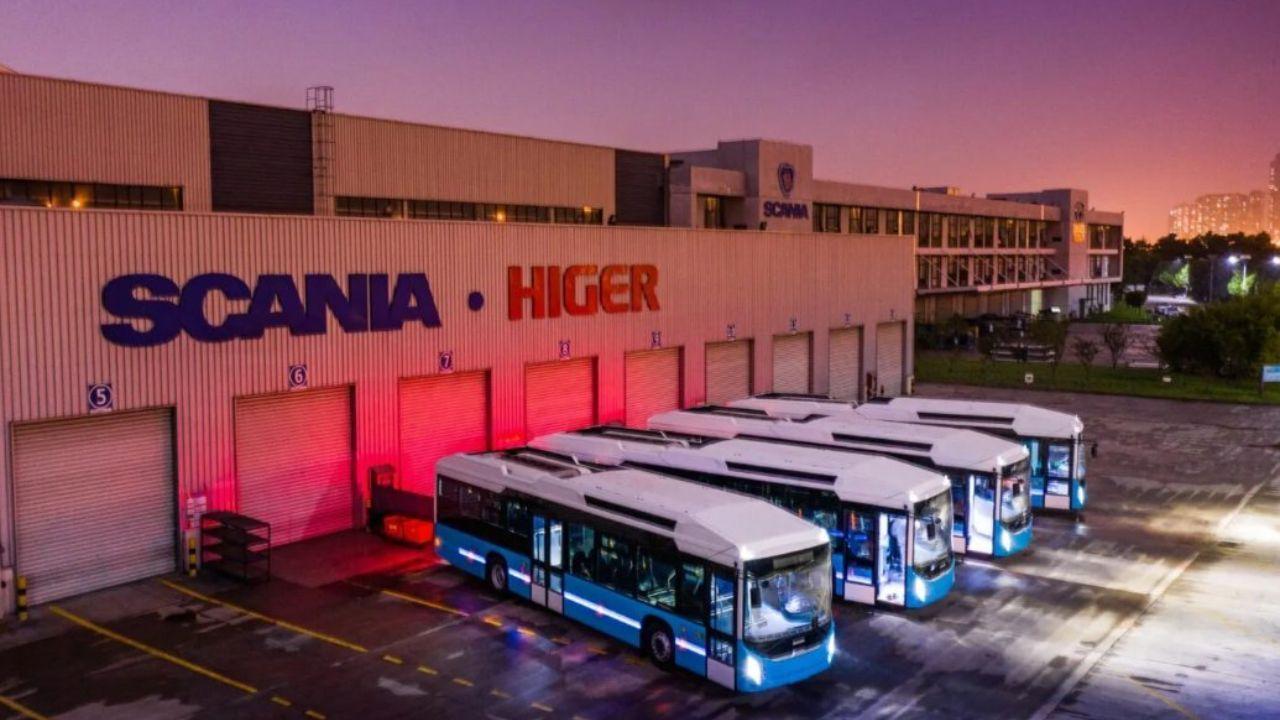

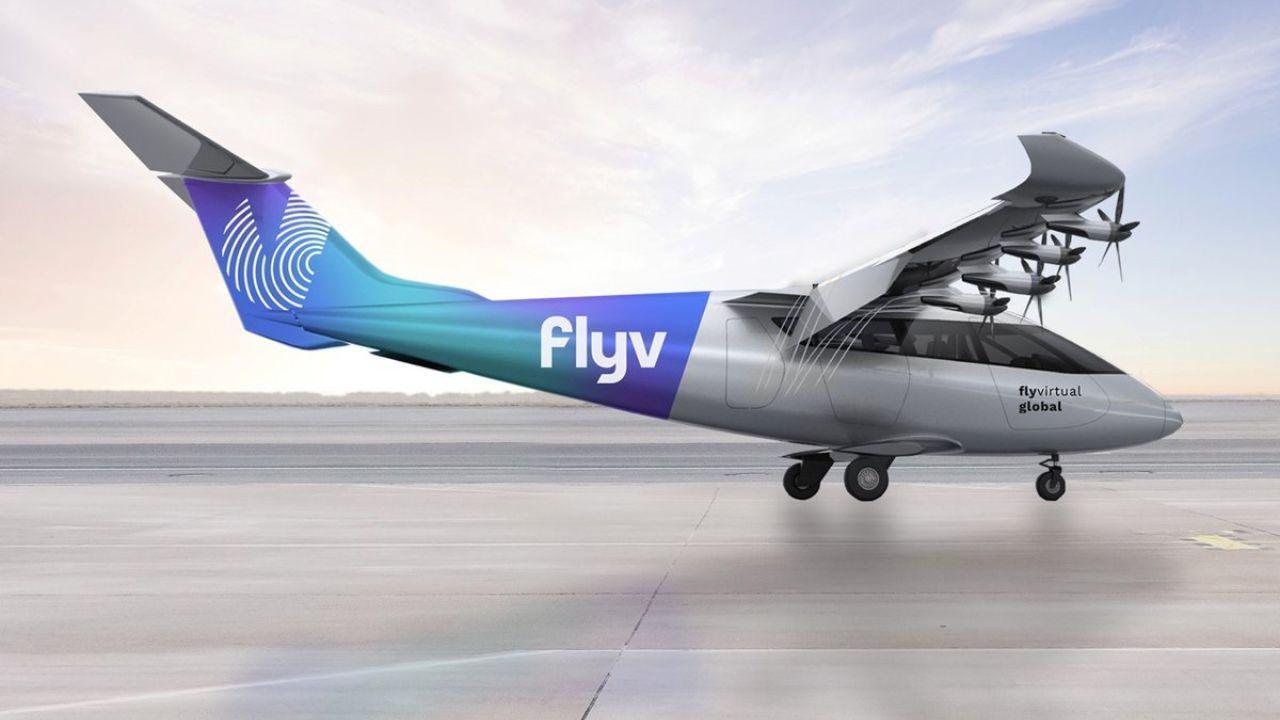
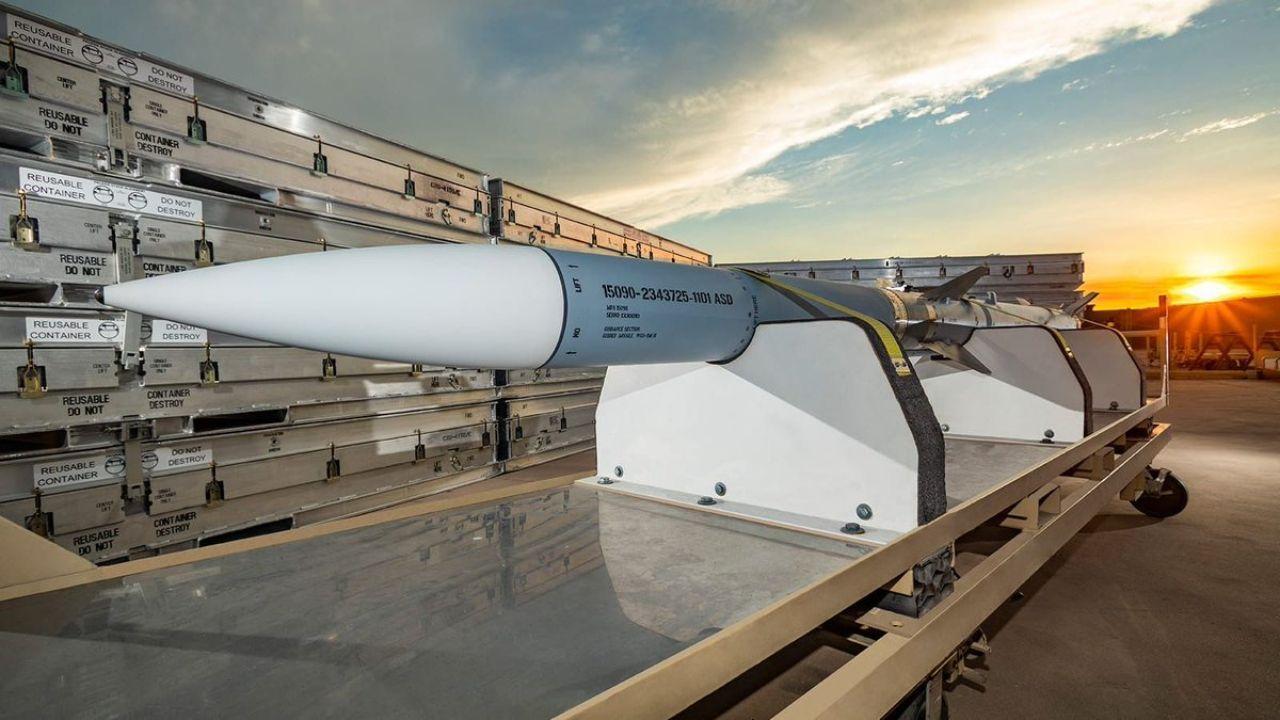




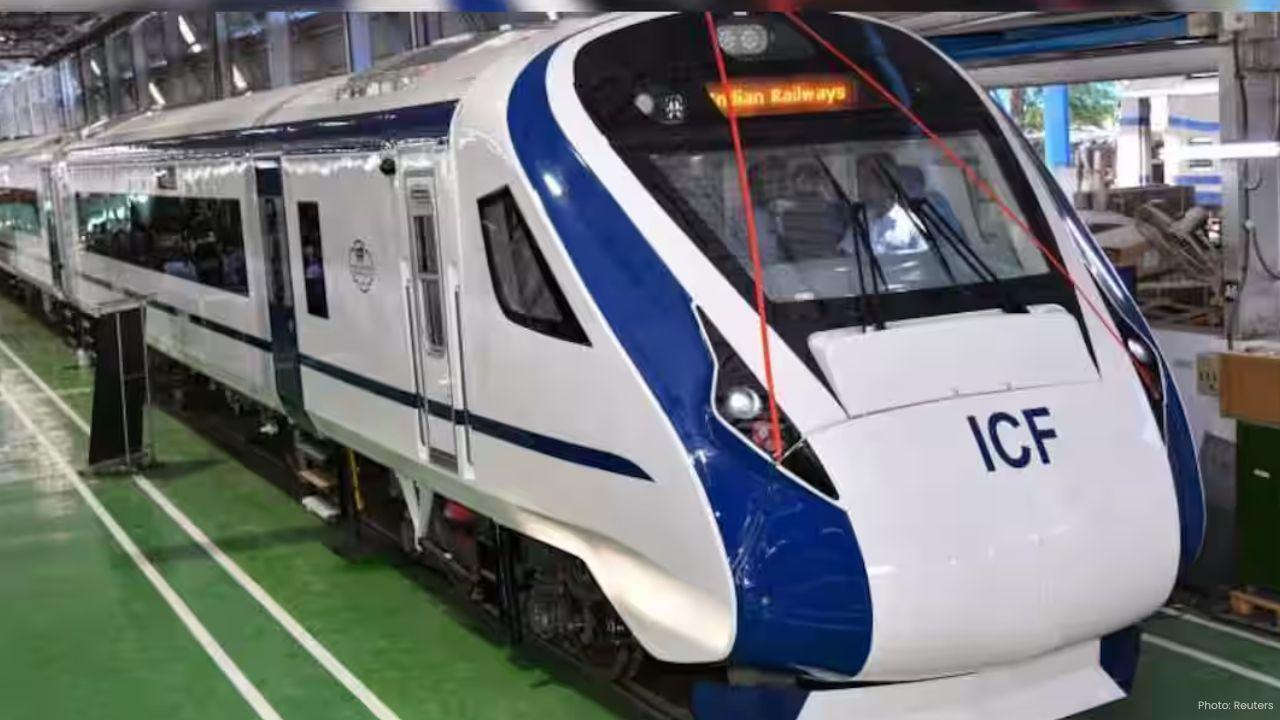
Vande Bharat Passenger’s Spitting Incident Sparks Nationwide Debate
A passenger spitting on the Vande Bharat Express floor sparks online debate on civic sense cleanline

OnTrac Introduces Ground Essentials Service for Affordable and Reliable Shipping
OnTrac launches Ground Essentials a new service offering cost-effective parcel delivery with up to 3

Breeze Airways Earns Five-Star Status as North America's Top Airline
Breeze Airways achieves a five-star rating marking it as North America's leading major airline for 2

Royal Enfield Cuts Prices on 350cc Bikes After GST Rate Reduction
Royal Enfield reduces prices on 350cc motorcycles from September 22, 2025, following GST rate cuts,
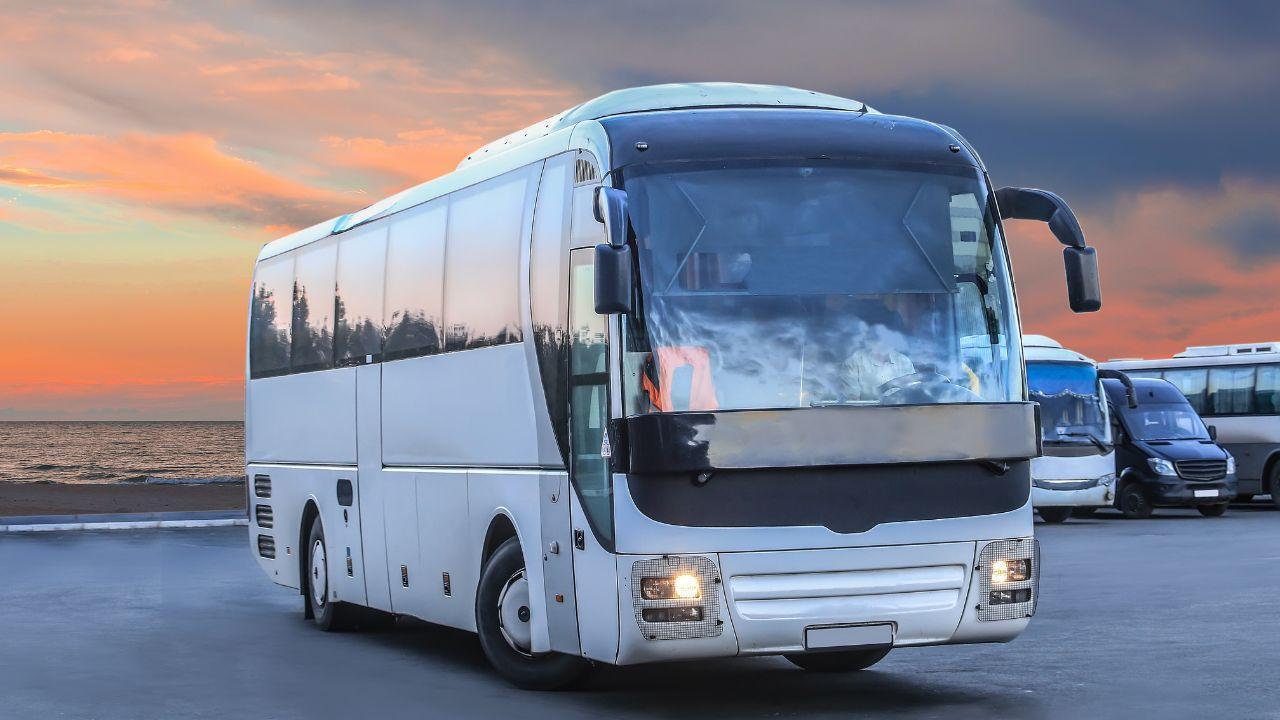
Viva ACP Boosts Bus Safety with Strong Lightweight Aluminium Panels
Viva ACP’s panels make buses safer lighter and stronger—saving energy and protecting passengers with
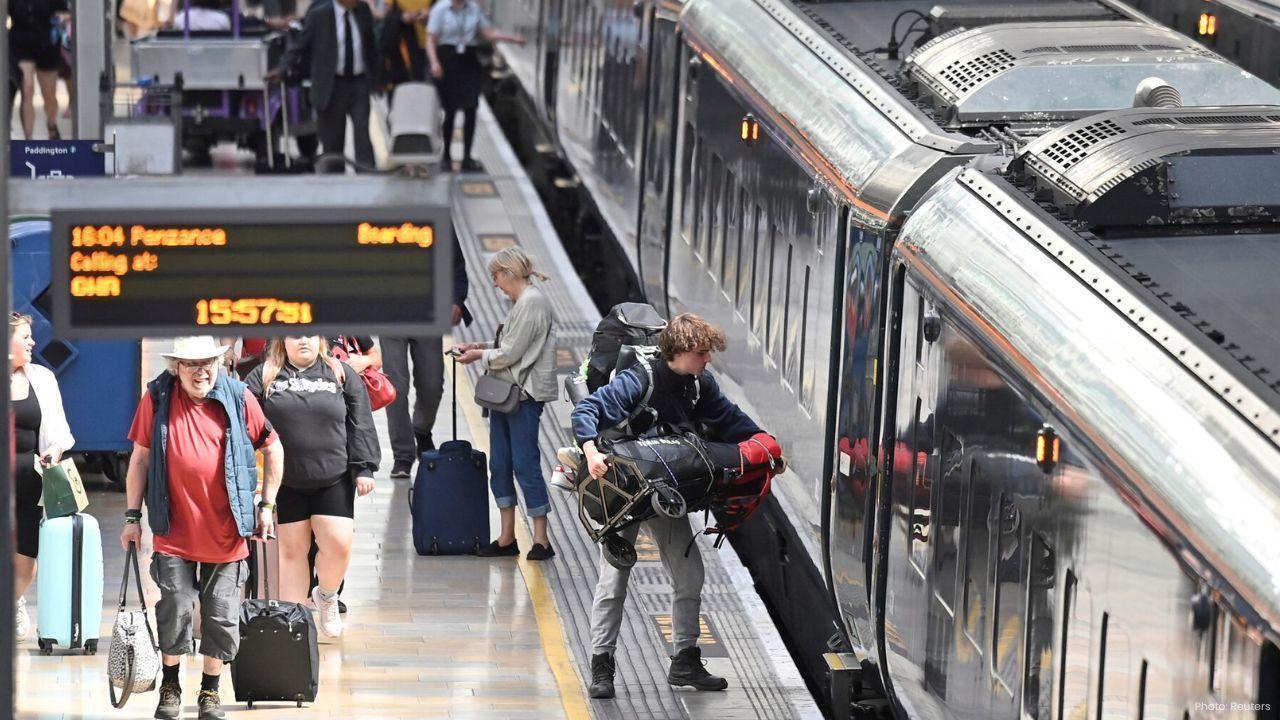
Steelpaint’s Stelcatec Coating Gets UK Rail Approval
Steelpaint’s Stelcatec coating approved by UK Network Rail for durable, fast, and effective protecti